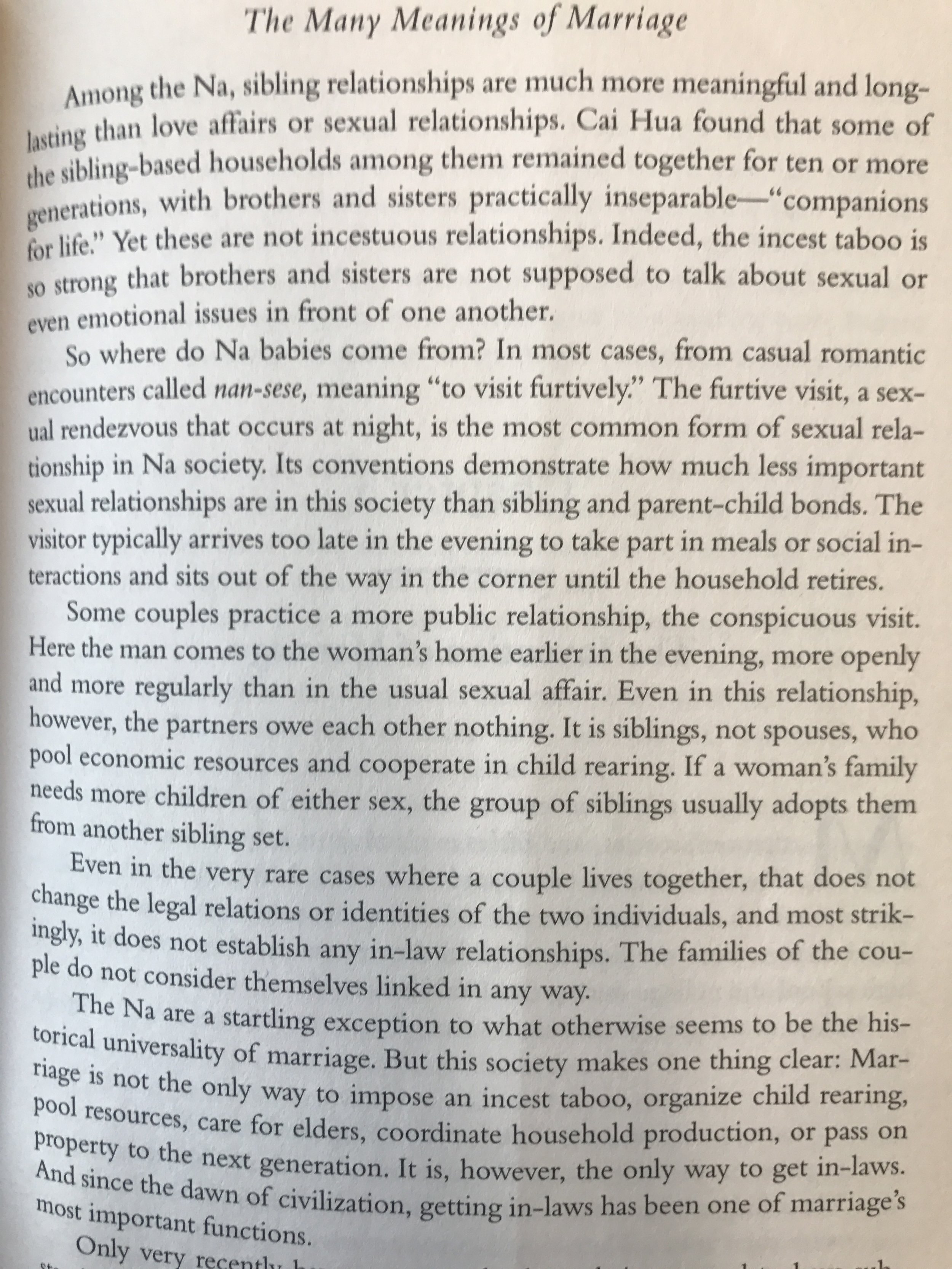The Right of Married American Women to be More than "And Wife" on a Passport
Let's never forget how far women actually have come. Less than 100 years ago, women didn't even have the right to see their first name with their husband's last name on a passport, much less their birth name. It's a little depressing that such advances are so recent.
Us modern women are incredibly lucky to live when we do- we have more freedom and more rights than almost any women have throughout history. That doesn't mean we should stop addressing sexism wherever we see it, but it is something to think about.
"U.S. passports predate the Declaration of Independence, but the documents were issued on an ad hoc basis until the late 1800s, when the process began to standardize. By then, a single woman was issued a passport in her own name, but a married woman was only listed as an anonymous add-on to her husband’s document: 'Mr. John Doe and wife.'
'Restrictions on travel rarely took the form of government policy or officials actively preventing women traveling abroad. Rather, restrictions came in the form of accepted social ideas,' says Craig Robertson, author of Passport in America: History of a Document. 'Put simply, it was not acceptable for a married woman to travel outside of the country without her husband; he, of course, could travel without her. More generally, a married woman’s public identity was tied to her husband, and passports reflected that in being issued to the husband, with his wife being a literal notation.'..
[Doris E.] Fleischman’s passport was the first legal document issued by a federal agency to a woman under the name she preferred and the first U.S. passport issued to a married woman that didn’t designate her as the “wife of” her husband. However, though other women could request passports with similar wording as Fleischman’s, the State Department continued to issue passports referring to most women as 'the wife of Mr. John Doe' until the late 1930s."
The 1920s Women Who Fought for the Right to Travel Under Their Own Names - By Sandra Knisely, March 27, 2017 http://www.atlasobscura.com/articles/us-passport-history-women?utm_source=facebook.com&utm_medium=atlas-page
Picture credit: Doris E. Fleischman's passport application (National Archives and Records Administration - public domain)













